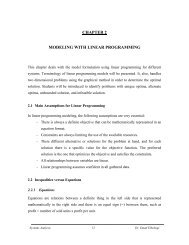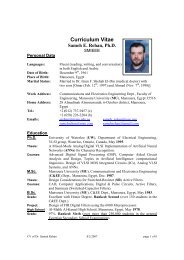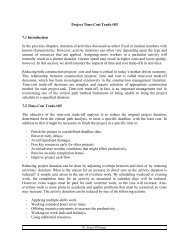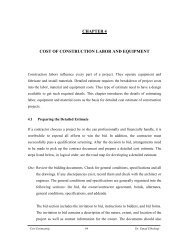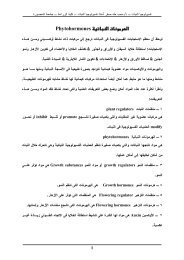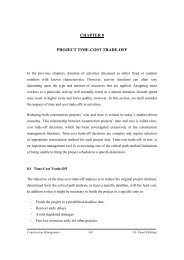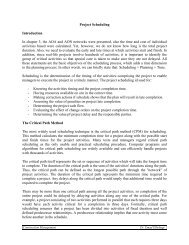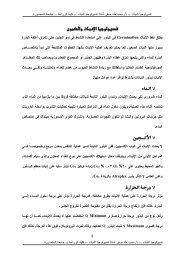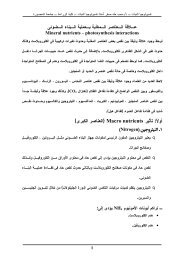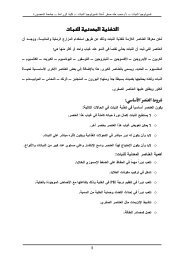Thyroid and Parathyroid
Thyroid and Parathyroid
Thyroid and Parathyroid
You also want an ePaper? Increase the reach of your titles
YUMPU automatically turns print PDFs into web optimized ePapers that Google loves.
muscle (Fig. 36-31). The superior pole vessels are then individually identified,<br />
. skeletonized, <strong>and</strong> doubly ligated low on the thyroid gl<strong>and</strong><br />
When the superior pole vessels have been ligated <strong>and</strong> divided, the tissues<br />
posterolateral to the superior pole can be swept away from the thyroid gl<strong>and</strong> in a<br />
posteromedial direction. The direction is important because it reduces the chances of<br />
damaging the vessels supplying the upper parathyroid gl<strong>and</strong>s. The recurrent laryngeal<br />
nerves enter the larynx at the level of the cricoid cartilage, passing under or through<br />
.( Berry's ligament <strong>and</strong> entering the larynx deep to the cricothyroid muscle (Fig. 36-32<br />
At this point it should be possible to identify the upper parathyroid gl<strong>and</strong>. The upper<br />
gl<strong>and</strong> usually is situated at the level of the cricoid cartilage. The lower parathyroid<br />
gl<strong>and</strong> is found most commonly just below where the inferior thyroid artery <strong>and</strong><br />
recurrent laryngeal nerve cross. In approximately 80 percent of patients the gl<strong>and</strong>s are<br />
located within 1 cm of the artery. The lower parathyroid gl<strong>and</strong> usually is situated<br />
anterior to the recurrent laryngeal nerve, <strong>and</strong> when it is not, it is usually located in the<br />
.( thymus or in parathymic fat (Fig. 36-33<br />
The thyroid is completely mobilized by gently sweeping dorsally all tissue along the<br />
posterolateral border away from the thyroid. All vessels are ligated <strong>and</strong> divided on the<br />
thyroid capsule to minimize the possibility of devascularizing the parathyroids. No<br />
tissue should be clamped or divided that might be or contain a recurrent laryngeal<br />
. nerve<br />
<strong>Parathyroid</strong>s that are ischemic, or are situated very anteriorly on the thyroid gl<strong>and</strong>, or<br />
have been removed along with the thyroid lobe, should be examined after removal.<br />
They should be biopsied <strong>and</strong> confirmed by frozen- section examination, minced into<br />
1-mm cubed pieces, <strong>and</strong> implanted into a small pocket in the ipsilateral sternohyoid<br />
. muscle, with a silk suture or clip marking the site<br />
The recurrent laryngeal nerves should be identified; the nerve is located more<br />
medially on the left <strong>and</strong> runs more obliquely on the right. The most difficult part of<br />
the operation usually is during the dissection where the recurrent nerve passes through<br />
Berry's ligament. It is here that the nerve is in close proximity to the thyroid, tethered<br />
down by the ligament, through which runs a small artery, <strong>and</strong> it is here that the nerve<br />
is most commonly injured. If bleeding occurs at this site it should be controlled by<br />
gentle pressure before identification of the nerve to avoid injury, <strong>and</strong> then the vessels<br />
. are all ligated. Use of electrocautery to control bleeding should be strictly avoided<br />
A pyramidal lobe is present in about 80 percent of patients <strong>and</strong> should be dissected<br />
free superiorly to the level of the thyroid cartilage or higher <strong>and</strong> removed in continuity<br />
with the thyroid lobe <strong>and</strong> the isthmus. One or more lymph nodes are often present just<br />
cephalad to the isthmus of the thyroid gl<strong>and</strong> (Delphian node) <strong>and</strong> should be removed<br />
. with the thyroid<br />
When lobectomy is performed, the isthmus is divided flush with the contralateral<br />
gl<strong>and</strong> <strong>and</strong> oversewn. When total thyroidectomy is performed, the same procedure is<br />
followed on the contralateral side. If a subtotal thyroidectomy is being performed (for<br />
Graves' disease or multinodular goiter), normal practice is to perform a total<br />
lobectomy on one side <strong>and</strong> a subtotal lobectomy on the other side. Removing all



